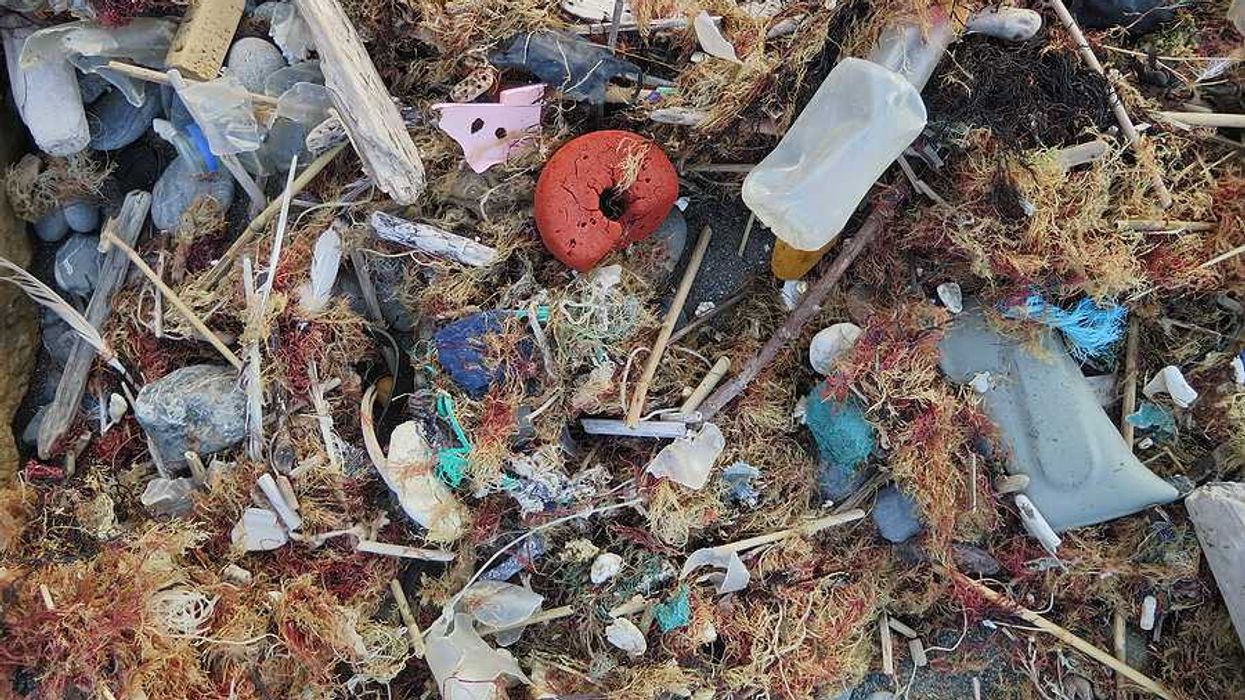A Cornell University study reveals that people worldwide are unknowingly consuming significantly higher amounts of microplastics through food, water and air, with the highest rates in Southeast Asia.
Spoorthy Raman reports for Hakai Magazine.
In short:
- Since 1990, microplastic consumption has increased sixfold in Asia, Africa and the Americas, driven by rising plastic production and inadequate waste management.
- Indonesia and Malaysia have the highest levels of dietary microplastic, largely from seafood and plastic packaging, while China and Mongolia lead in airborne microplastic intake.
- The study suggests reducing plastic debris in water bodies by 90% could halve microplastic consumption in Southeast Asia.
Why this matters:
Microplastic pollution poses significant environmental and health risks, affecting ecosystems and potentially leading to long-term health issues in humans. Addressing this requires global cooperation and stricter waste management policies.
Related EHN coverage:














